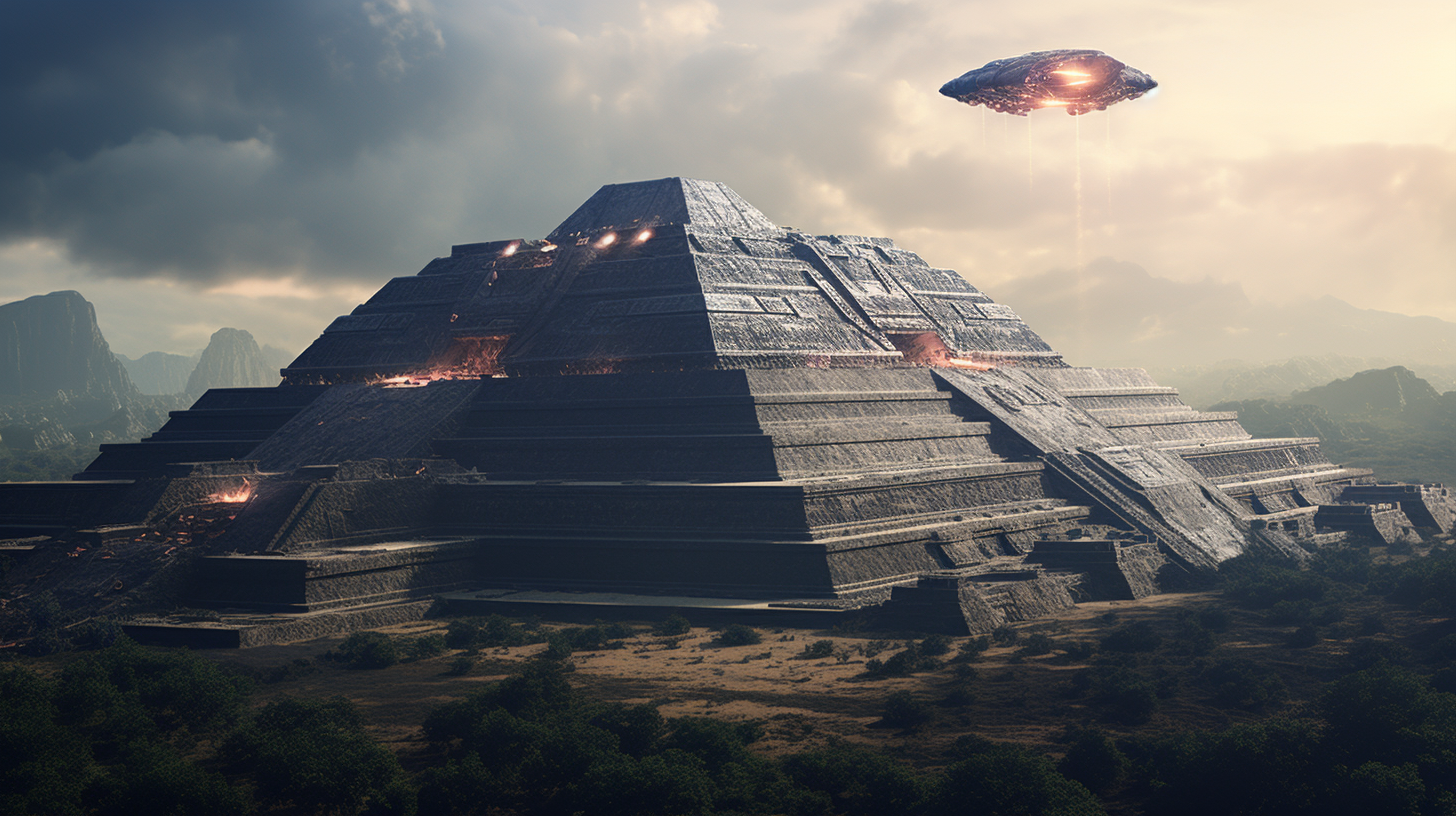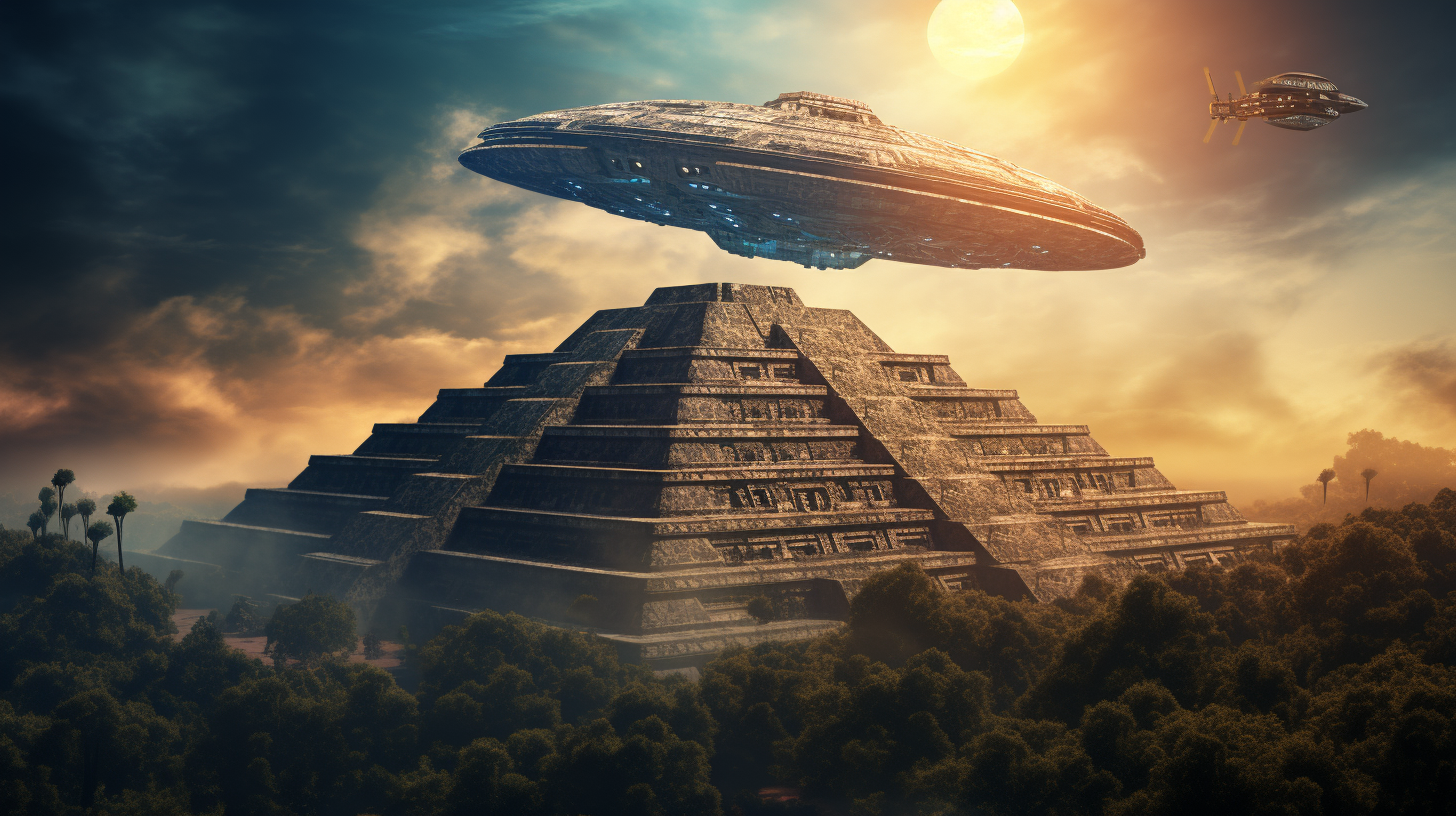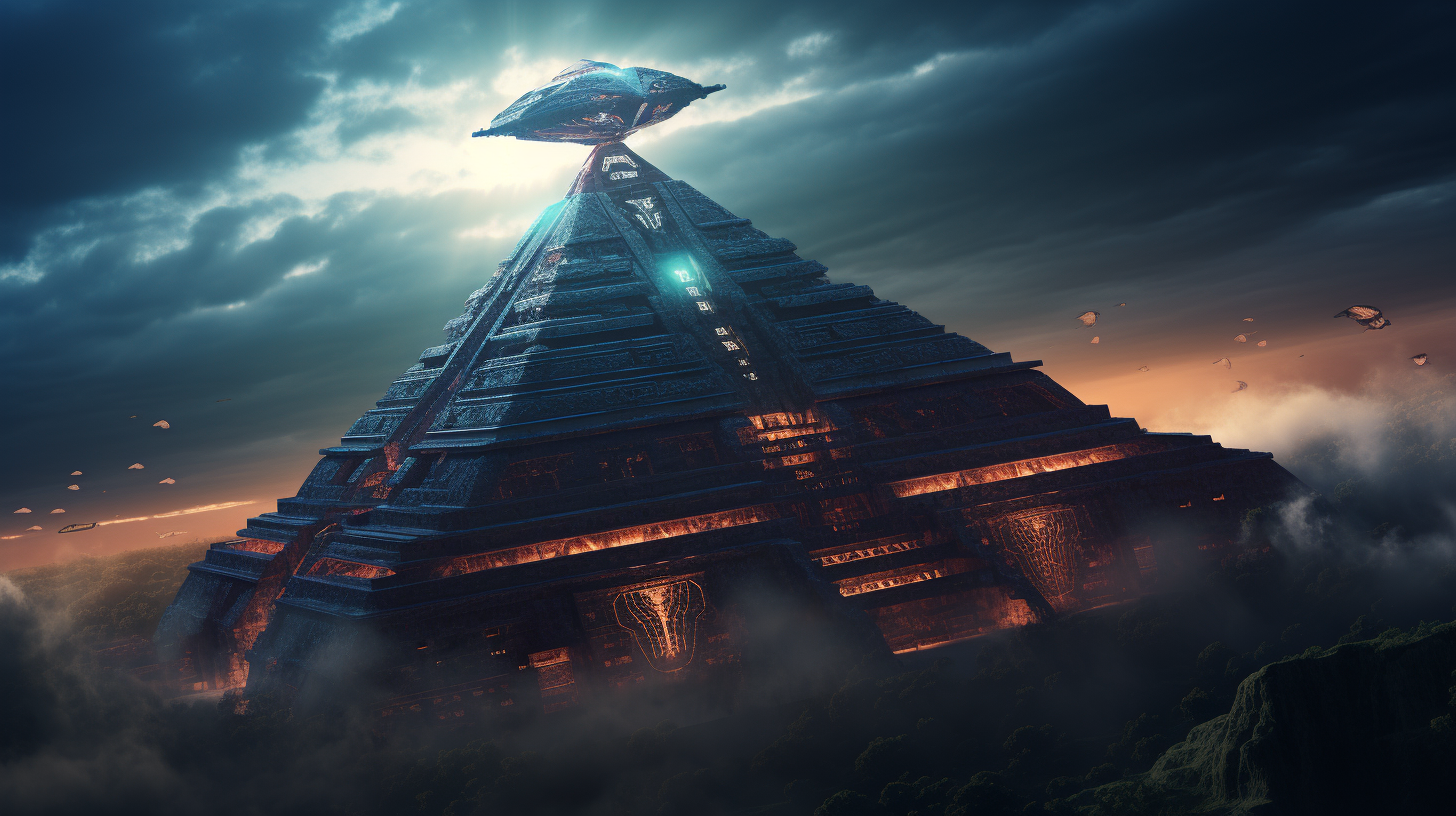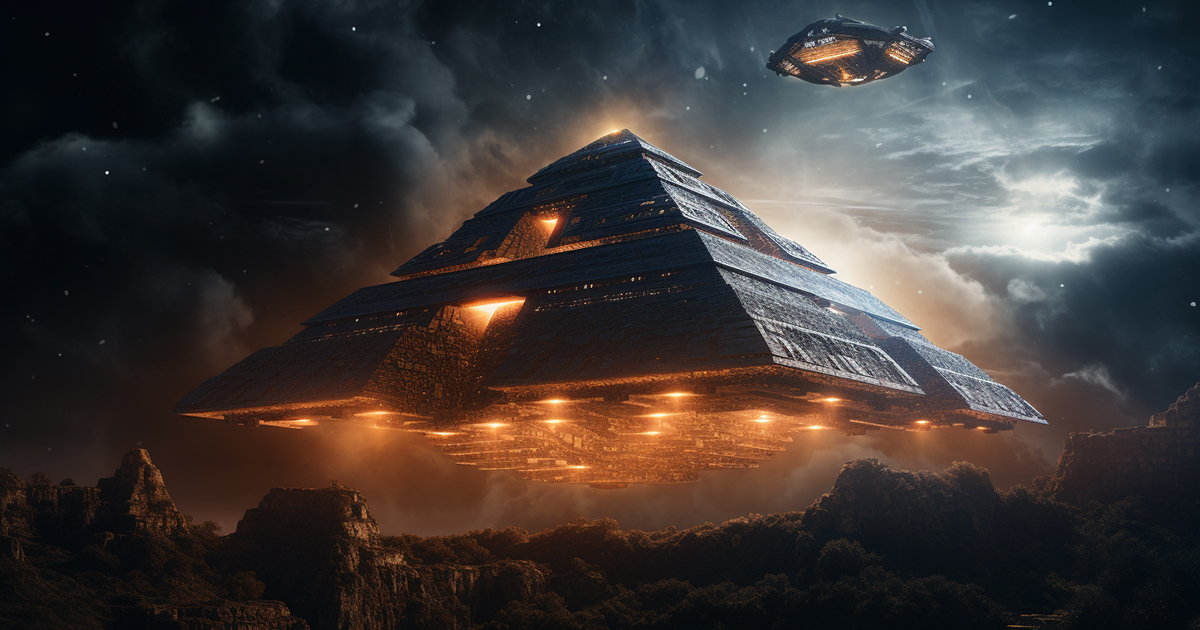In the heart of Mexico City, beneath the bustling modern metropolis, lie the remnants of a once-thriving Aztec civilization.
Known as “tanashtag,” this ancient city, dominated by the Aztecs from the 14th to the 16th century, showcases remarkable urban planning with its grid system of canals and causeways. But what piques our interest is the Aztec origin story that doesn’t begin here.
According to their historical texts, the Aztecs traced their roots back to a place called Chiki Mostak, a mystical cave in the north. Within Chiki Mostak’s seven caverns were seven tribes, and the Aztecs claim to be descendants of one of these seven tribes.
While Chiki Mostak was once dismissed as a mere myth, recent archaeological findings suggest otherwise. Some scholars now believe that Chiki Mostak’s location aligns with the ancient pyramid complex known as Teotihuacan, often referred to as the “Place of Seven Caves.”
The revelation comes from the depths of the Pyramid of the Sun, a significant structure in Teotihuacan, which is said to house a cave with seven distinct chambers—a striking parallel to the Aztec creation story.

Spanish chronicler Geronimo de Mendieta documented the accounts of the Aztec legends in the 16th century, recounting a tale of giant Flint knives descending from the sky, accompanied by numerous gods. These celestial beings, according to Aztec lore, played a pivotal role in the creation of humanity.
The narrative of the giant Flint knife descending from the heavens beckons us to contemplate whether our ancestors were witnesses to extraterrestrial encounters. If the Aztec story holds any truth, it suggests that, at some point in our history, beings from beyond our world may have played a role in our existence.
Moving from the Aztec civilization to Teotihuacan, we encounter an even more significant enigma. Teotihuacan, dating back to the First Century A.D., was an astonishingly advanced city for its time.
Stretching over eight square miles, it boasted impressive pyramids, intricate temples, and a thriving population of nearly 100,000 residents. Yet, despite its grandeur, Teotihuacan keeps its secrets well-guarded.
One of the most perplexing aspects of Teotihuacan is the absence of hieroglyphs or inscriptions, a stark contrast to other contemporaneous Mesoamerican cultures. This dearth of written records leaves us with an unresolved mystery: who built Teotihuacan, and what became of its inhabitants?

Speculation abounds as to the city’s origins and the people who constructed it. Was it the work of an advanced civilization with knowledge beyond their time, potentially guided by extraterrestrial forces? Some even argue that the technology required for such magnificent structures surpasses the capabilities of the era.
But what truly bewilders us are the recently unearthed golden orbs, found in a hidden tunnel below the Temple of the Feathered Serpent. These enigmatic orbs, both clay and metallic in appearance, beg questions about their purpose and significance.
Some archaeologists posit that the cavern where they were discovered might have been a sacred ritual space, adorned with walls shimmering in gold flecks, akin to the cosmos.
The possibility that these orbs represent celestial bodies, particularly planets, evokes curiosity. Could these objects hold a connection to ancient knowledge of planetary movements, as seen in the Mayan calendar?
The Dresden Codex, a rare Mayan book, intricately details the calendar in relation to Mars’ celestial journey, underscoring the importance of celestial bodies in ancient cultures’ belief systems.
Yet, the allure of these mysteries extends beyond Teotihuacan. In Greece, scattered across the island of Evia, stand peculiar structures known as Dragon houses.

Legend has it that these megalithic constructions were built to honor Zeus, who was believed to have descended from the heavens atop Mount OHI, home to one of the main Dragon houses.
The term “Dragon” in ancient times often referred not only to flying monsters but also to powerful deities with human-like forms and superhuman abilities.
These structures, built with massive stone blocks, leave us astounded, questioning how such immense feats of engineering were accomplished, especially in locations as challenging as the top of Mount OHI.
Could these Dragon houses mark the spots where extraterrestrial visitors once landed and left their imprint on ancient civilizations? Could Zeus’s descent from the heavens be a recollection of an alien craft touching down on Earth?
As we delve deeper into the annals of history and explore the mysteries concealed beneath layers of time, we uncover tantalizing clues and connections. The stories of the Aztecs, the enigma of Teotihuacan, and the Dragon houses of Greece beckon us to contemplate the possibility of ancient encounters with beings beyond our world.
Video:
While we may never unlock all the secrets of these ancient civilizations, the threads of mysticism and wonder continue to bind them across time and space, reminding us that the cosmos might hold more answers than we dare to imagine. In our quest for understanding, we must remain open to the possibility that our history is far more intertwined with the unknown than we can fathom.

26 thoughts on “Connecting Ancient Civilizations: Clues in Myth and Mystery”
Comments are closed.